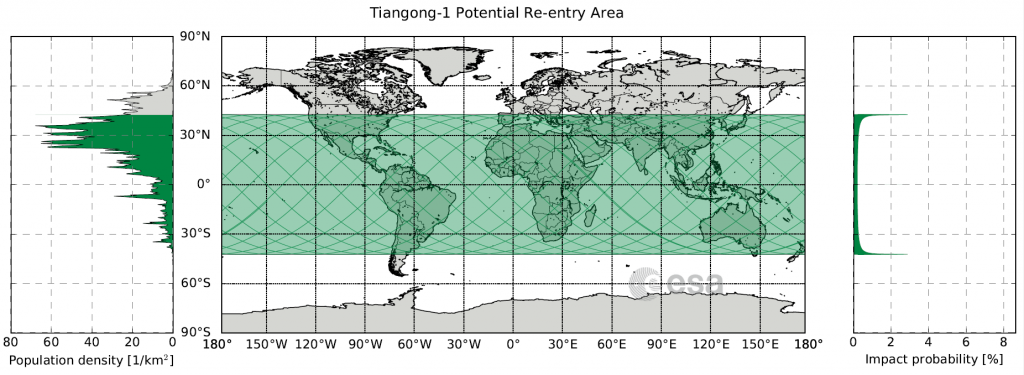
How climate change is forcing sea animals to change their natural behavior
![]()
With climate changing making the oceans around Australia warmer further south, many sea animals are also changing their characteristic movements and feeding habits to move within those warmer waters, a decade-long study providing a panoramic view of the underwater world has found.
In 2007, scientists at Australia’s Integrated Marine Observing System (IMOS) deployed 3,777 sound-emitting devices on 117 sea animals, including great white sharks, crocodiles, sea turtles, fish, and dugongs. For the last 10 years, they have been tracking the movements of these marine species via 1,891 receiving stations, collecting over 49.6 million quality-controlled acoustic detections till date.
This data has given researchers a wealth of information about how far the animals typically move, what are their preferred habitats, and how their movements have altered over time. The study, for example, brought to fore interesting patterns like the annual migration patterns of grey reef sharks.
The insights from the dataset will also help the scientists to predict how the behavior of aquatic creatures may change as climate change intensifies and leads to warmer waters, oxygen depletion, and ocean acidification. “For example, in the case of bull sharks – a species we tracked that is known to be potentially dangerous – research has shown that they move within warmer waters,” explains Prof. Rob Harcourt, who heads the Animal Tracking Facility at IMOS.
Left/a): Cumulative number of tags registered and detections uploaded on the IMOS web application. Right/b): Inventory of the number of animals tracked for each of the 117 species.
Collaborative effort
The typical range of an acoustic receiver is between 60-950 m depending on local geography, bathymetry, and environmental conditions – which means a large-scale study, spanning thousands of kilometers cannot be undertaken with acoustic tagging.
To overcome this problem, IMOS collaborated with Atlantic Cooperative Telemetry, California Fish Tracking Consortium, Florida Acoustic Cooperative Telemetry, and South Africa’s Acoustic Tracking Array Platform and deployed broad-scale, integrated receiving stations.
As Prof. Harcourt sums up, “The data is available through the online Australian Ocean Data Network Portal, making it a very valuable resource for comparing the behavior of marine animals today and in the future. We are also going to add the data to public marine species location databases to improve existing biodiversity records and enhance existing geographical distribution maps for Australian sea species.”









